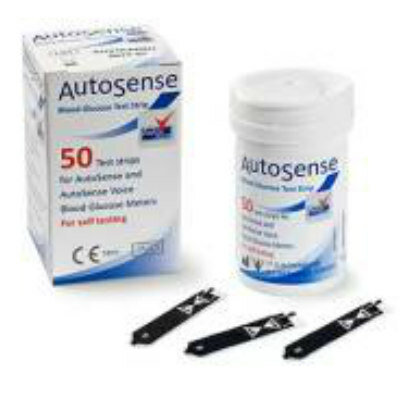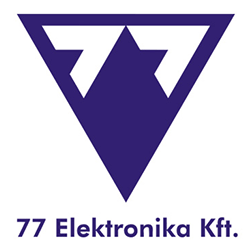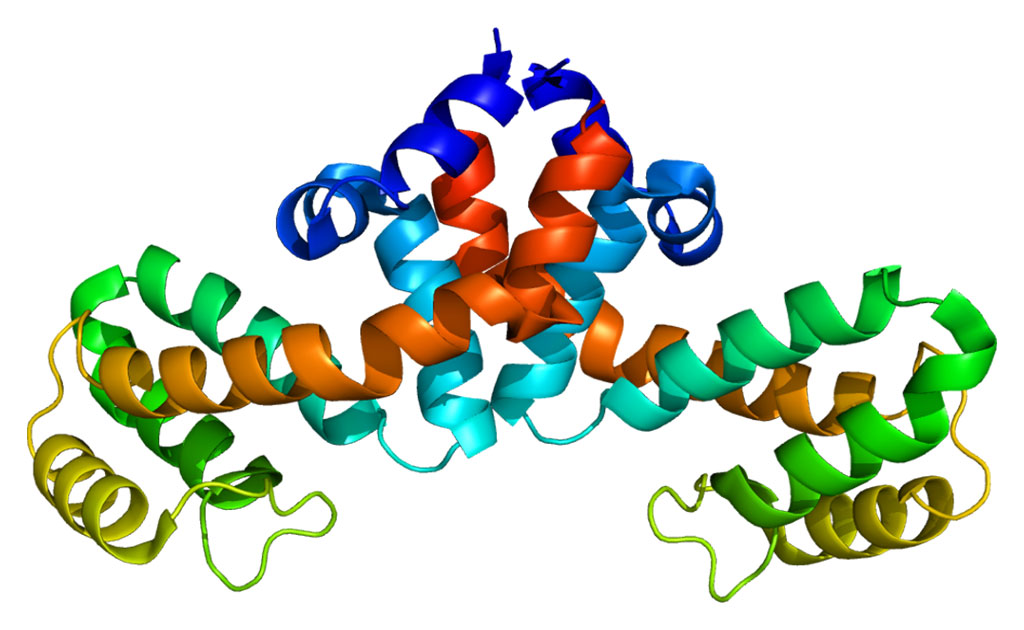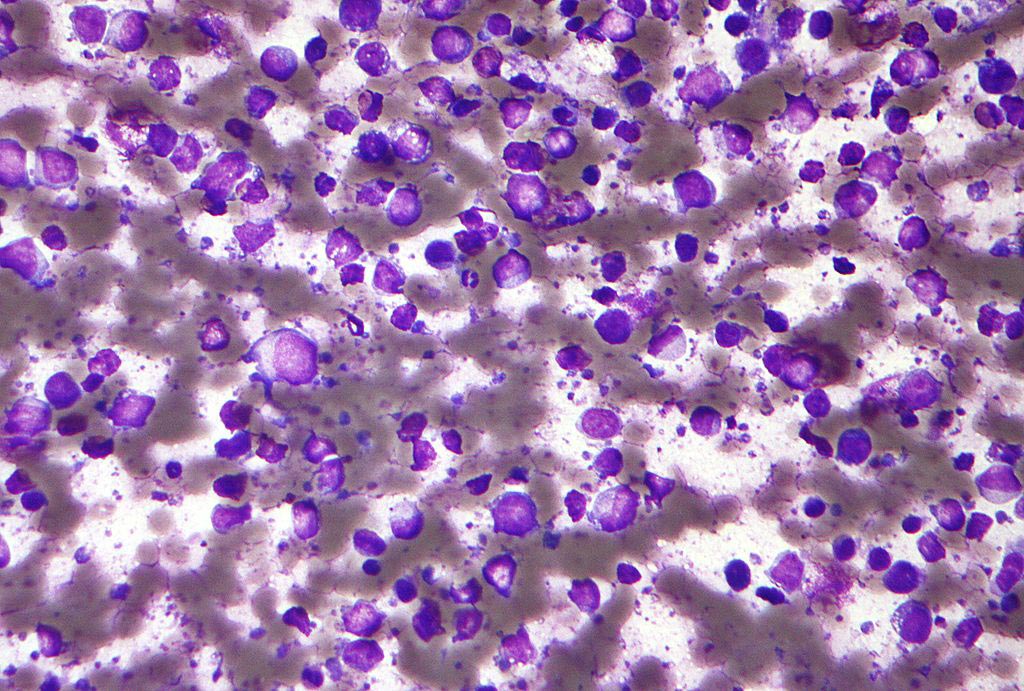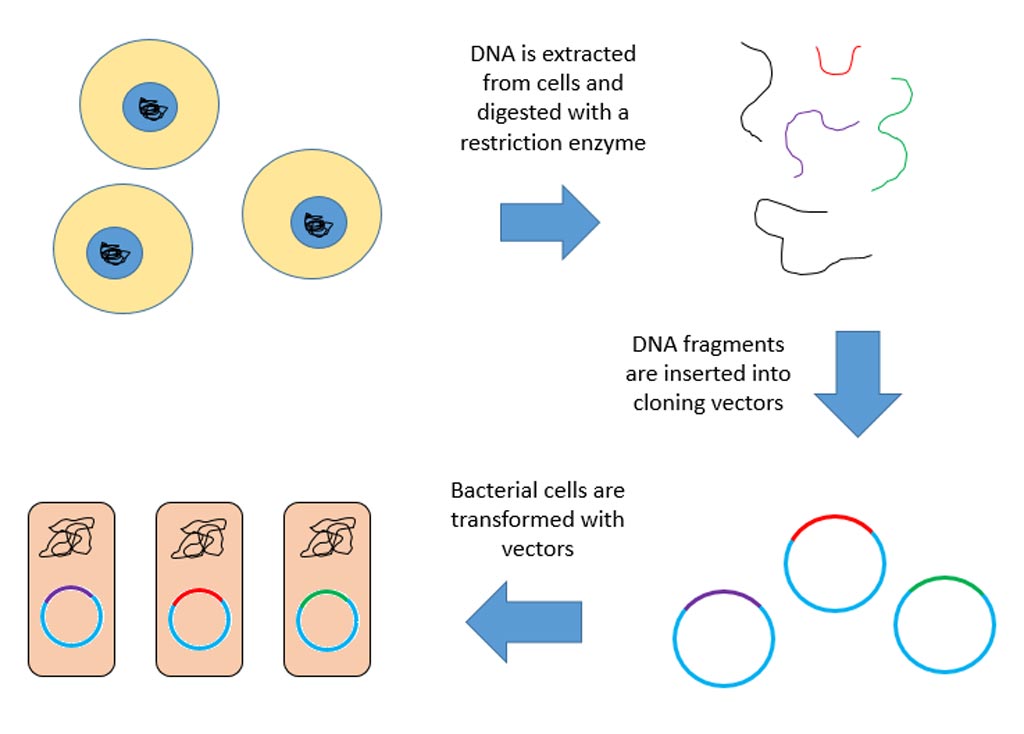Gene Targeting Used to Generate Normal Stem Cells from Down Syndrome Fibroblasts
By LabMedica International staff writers
Posted on 26 Nov 2012
A recent paper described the development of a method for removing the extra copy of chromosome 21 from fibroblasts taken from individuals with Down syndrome (DS) and the generation of disomic induced pluripotent stem cells (iPSCs) for clinical and research applications.Posted on 26 Nov 2012
Investigators at the University of Washington (Seattle, USA) removed the extra copy of chromosome 21 from DS fibroblasts by using an adenoassociated virus as a vehicle to deliver an inducible gene called the thymidine kinase neomycin phosphotransferase reporter gene (TKNEO) into a particular site within the APP gene on the long arm of chromosome 21. Activation of TKNEO killed the DS cells except those that spontaneously reverted to a disomic state through loss of the chromosome replicate that contained the TKNEO gene. These cells were then manipulated into iPSCs through the selected addition of various growth factors.
Results published in the November 2, 2012, online edition of the journal Cell Stem Cell revealed that the derived, disomic cells proliferated faster and produced more endothelia in vivo than their otherwise isogenic trisomic counterparts, but in vitro hematopoietic differentiation was not consistently altered.
This study described the targeted removal of a human trisomy, which could prove useful in both clinical and research applications. "We are certainly not proposing that the method we describe would lead to a treatment for Down syndrome," said senior author Dr. David W. Russell, professor of medicine and biochemistry at the University of Washington. "What we are looking at is the possibility that medical scientists could create cell therapies for some of the blood-forming disorders that accompany Down syndrome."
"Gene therapy researchers have to be careful that their approaches do not cause gene toxicity," said Dr. Russell. "This means, for example, that removal of a chromosome must not break or rearrange the remaining genetic code. This method should not do that."
Related Links:
University of Washington







